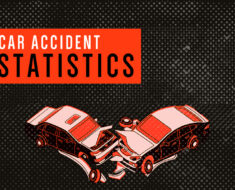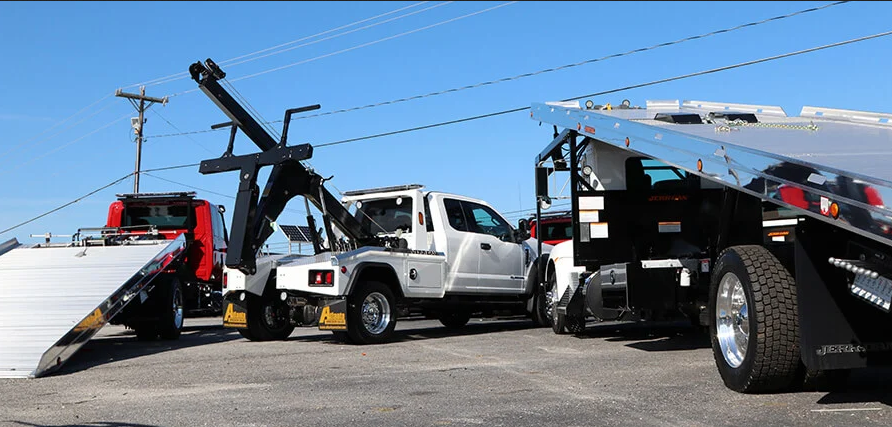Historical events are captured in the music of the era. ‘Over There,’ ‘How ‘Ya Gonna Keep ’em Down on the Farm after They’ve Seen Paree, and ‘When Johnny Comes Marching Home’ were some of the Doughboy songs of World War I. Al Jolson singing ‘Brother, Can You Spare a Dime’, and ‘Dust Bowl Blues’ marked the Great Depression. ‘Fightin Side of Me’ revealed the nation’s conflict over Vietnam in the ’60s. So it is only natural that the automobile, which changed American life forever would be immortalized in song and it was.
At first the automobile was only for the wealthy and this was reflected in early sheet music. Even though there were no lyrics, ‘The Swagger’ and ‘Up Broadway’ featured fashionably dressed urban couples with an automobile. Then came the song ‘The Auto Man’ with the lyrics implying that ownership of an automobile indicated wealth and prestige. But along came Henry Ford who pledged to manufacture an automobile that the man on the street could afford and he kept his promise. In October 1908 the first Model T’s, priced at $850, rolled off the assembly line. Over nineteen years of production, its price would drop to $260. The Model T was referred to as the Tin Lizzie and the Flivver and became the subject of many songs. Lizzie is a nickname for Elizabeth and was a popular name for horses at that time.
So then they sang:
Old Zeke Perkins sold his hogs the other day,
The gosh-darned fool threw his money right away;
Rode into town, sittin on a board,
Came home ridin’ in a brand-new Ford!
However, the roads were still designed for horses and did not easily accommodate the speed of the new tin horse so in 1912 along came the song, “Bump, Bump, Bump in Your Automobile.” While the song lyrics emphasized the poor road conditions, one line inferred that women were attracted to male car owners with the words “Molly May said she loved Willie Green. Best of all she loved Willie’s machine.” This theme was repeated in many of the early automobile songs.
And the poor road conditions often resulted in mechanical breakdowns that popularized the tune, ‘Get Out and Get Under’ with the cover sheet depicting a well dressed man under a cabriolet with his legs extended, wrench in hand and his fashionably dressed lady friend in the passenger seat looking down anxiously. The freedom provided by this new invention also carried over to courting customs allowing more opportunities for intimacy and privacy triggering some social anxiety about the relationships between unmarried couples. This together with the liberation of single women in the Roaring 20’s inspired tunes such as ‘Up and Down the Eight Mile Road,’ 1926.
There were also songs about particular models like ‘Cole 30 Flyer’ with the lyrics ‘You will win me Bill, heart and soul, if you buy a Cole.’ These may well have been early attempts at product-placement advertising. Since Ford was producing most of the automobiles of the era, they were popular song subjects. In 1928 when the Model A was introduced, Walter O’Keefe wrote ‘Henry’s Made a Lady out of Lizzie’. Abner Silver and Jack Meskell followed with ‘Poor Lizzie, what will become of you now that your sister is here.’





